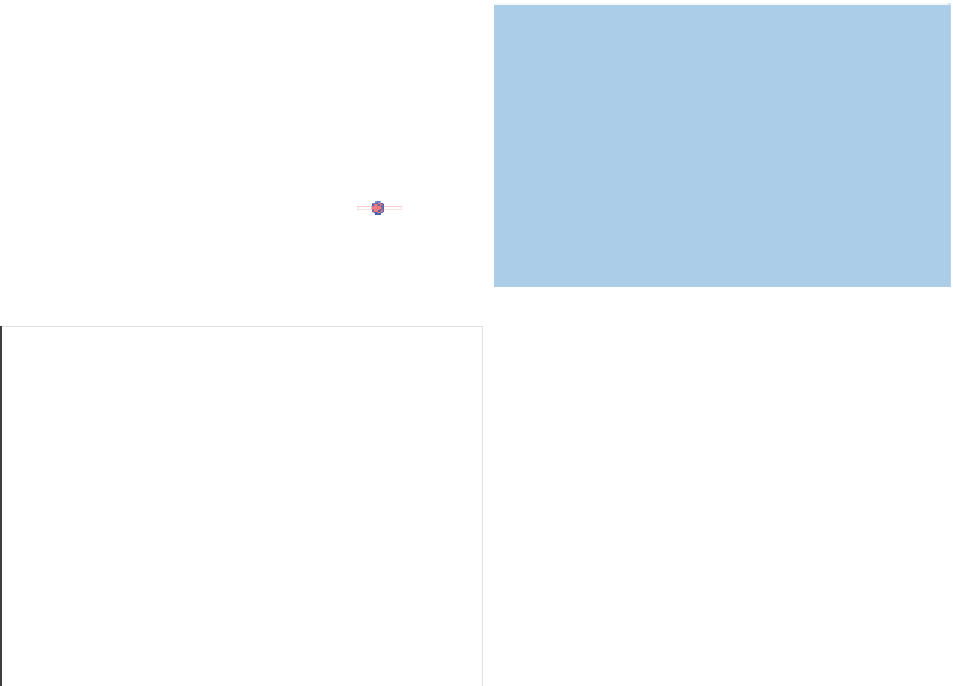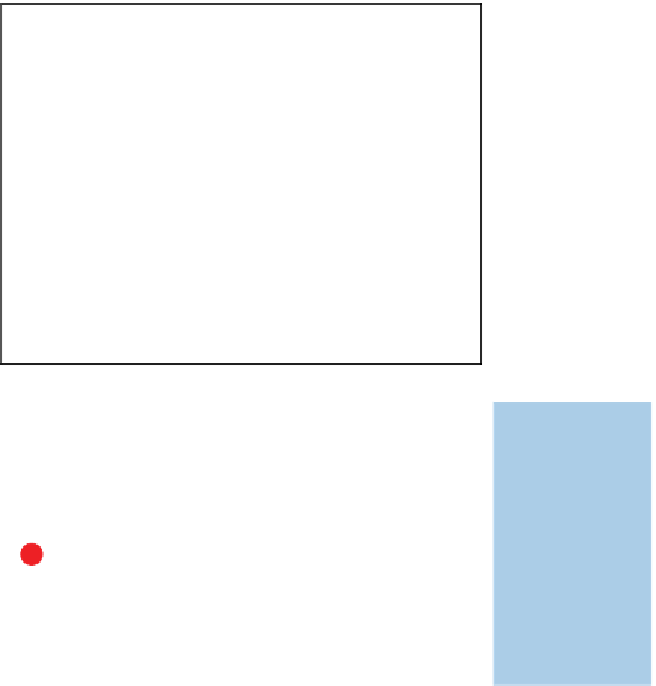Agriculture Reference
In-Depth Information
CIP-cleaning and CIP-interfaces 1
CIP-cleaning and CIP-interfaces 2
?
Start pre-rinse
Pre-rinse
Remove rinse
water
Interface
separation
Start
circulation
of cleaning
solution
End pre-rinse
Start cleaning
Cleaning
CIP-cleaning and CIP-interfaces 3
CIP-cle
aning and CIP-interfaces 4
Start disinfection or second cleaning
step....
Continue through all steps as
described
Use final rinse water to fill up pre-rinse
tank
End cleaning
start rinse
again
Push
detergent
back to tank
?
Interface
separation
Rinse
Figure 5.11
Shows a graphic representation of a complete CIP sequence (Reproduced with permission from Ecolab. © Ecolab).
temperature of a steam hose had a disinfecting effect,
this is in fact not the case, as expansion at the nozzle
causes rapid cooling even at short distances, while
conduction of heat away from the point of impact by the
surface (usually a metal) means that sufficiently high
biocidal temperatures on the surface itself are never
reached. Live steam can also carry corrosion products
from pipelines or carry-over of boiler treatment chemi-
cals, neither of which is desirable hygienically.
Similarly,
low-pressure
(around mains pressure or
<10 bar) water systems are inadequate for rinsing meat
or poultry plants, because the water jet lacks sufficient
energy to assist in the cleaning process.
At the other extreme,
high-pressure
rinse systems,
based on either mobile pressure washers or built-in
pump systems, have been widely used. Their use has
been in decline for a number of safety, maintenance and
hygiene reasons. These systems typically function at
60-120 bar, using piston- or plunger-type pumps. They
create a vibration in plumbed-in systems, which can
affect the life of the pipe work, which is narrow bore and
may be reused depending on the amount of dirt they
pick up on each cleaning cycle and on the suspension
and chelating power of the detergent. If too heavily
loaded, detergent solutions may re-deposit old soil or
scale in slower-moving parts of the system. Filtration or
centrifugation can sometimes be used to extend the life
of the solution (Fig. 5.11).
Rinse systems
Meat plants need effective rinse systems for washing
down the plant before and after the foam application and
in some cases for generating the foam itself and applying
disinfectant. A number of different systems are possible.
The rule governing them all is that the cleaning impact
of a water jet on a surface is proportional both to the
pressure of the liquid at the point of contact and to the
volume of liquid per second in the jet.
Traditional
steam hoses
, which mixed live steam
with cold water, are now out of favour for a number of
reasons, principally cost, safety, humidity and conden-
sation. Although it may be thought that the very high












































































































































































































































































































































































